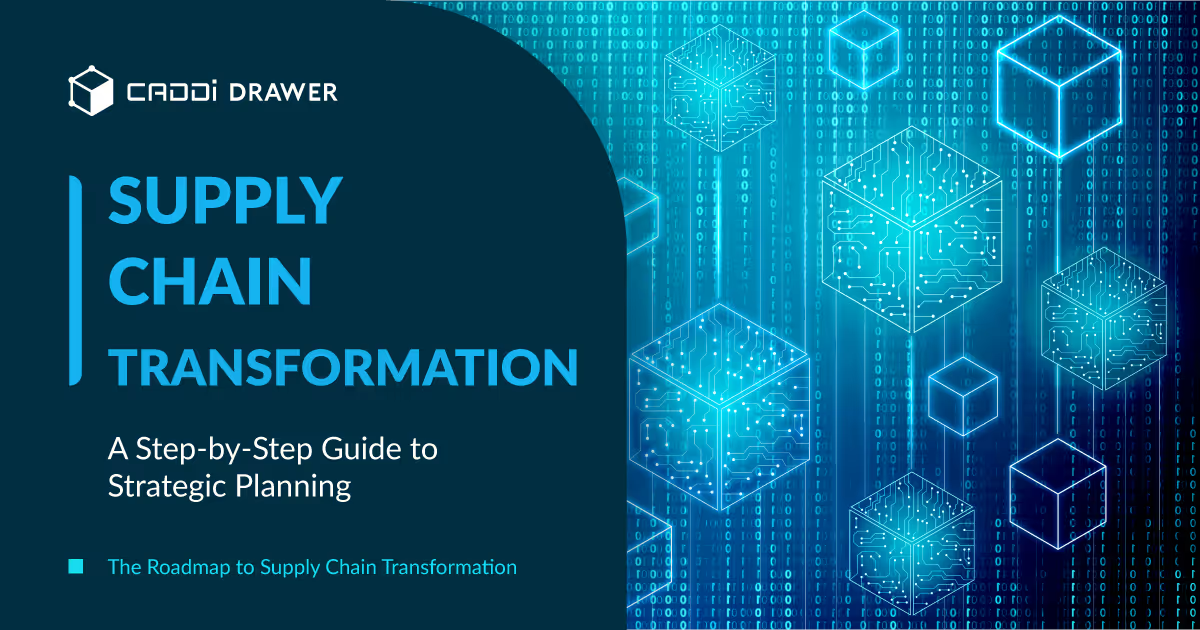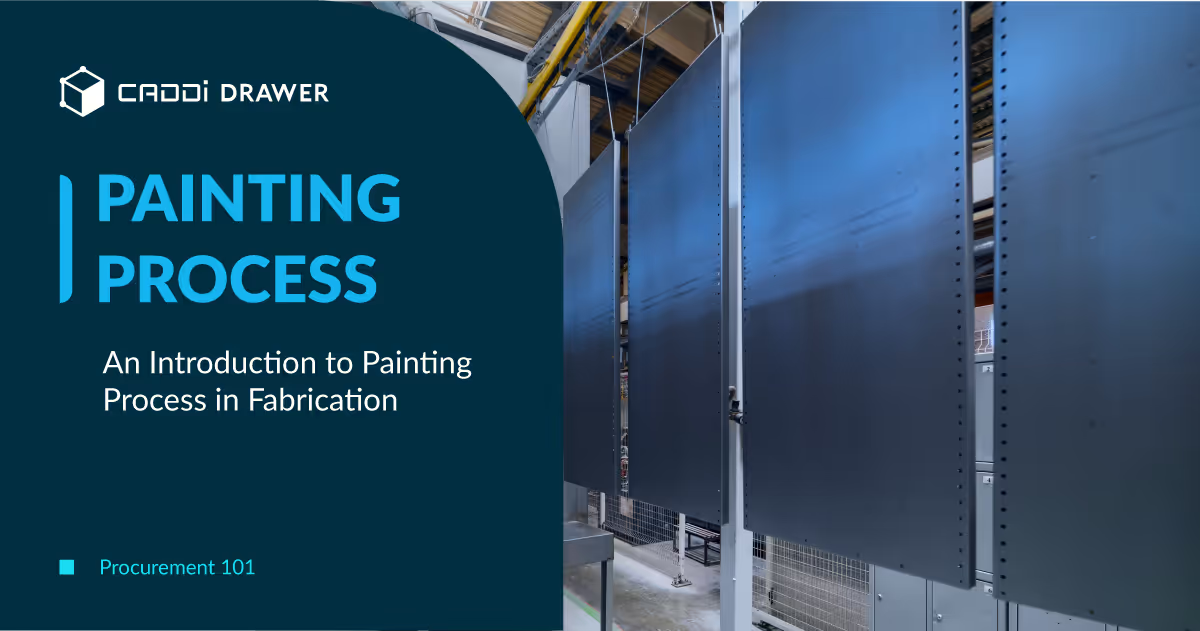Procurement 101: VAVE – Reducing cost without sacrificing quality

Table of Contents

Value Analysis/Value Engineering (VAVE) is a strategic methodology aimed at driving efficiency and innovation by optimizing product design and manufacturing processes. It seeks to cut unnecessary costs while maintaining quality and functionality, enhancing competitiveness and promoting continuous improvement.
While VAVE offers significant benefits, implementing it is inherently complex due to several factors. Also, in today’s era, leveraging technology is not an option; it’s a necessity for embedding VAVE into our processes in the manufacturing sector.
In this article, I aim to discuss the advantages, challenges, and solutions associated with VAVE. Let’s dive deeper into this transformative process.
What is VAVE (Value Analysis/Value Engineering)?

VAVE (Value Analysis/Value Engineering) is a systematic process aimed at increasing the value of products and/or eliminating unnecessary costs by examining their functions and cost structures without compromising on quality or performance.
At its core, VA is a method used on existing products to scrutinize and eliminate unnecessary costs from current designs or processes, often after their implementation. This approach is crucial for companies looking to streamline operations and reduce expenditure on already launched products.
On the other hand, VE applies during the nascent stages of product design and development, aiming for the optimal balance among cost, functionality, and quality before the product hits the manufacturing floor. This forward-thinking approach ensures that new products are not only innovative but also cost-effective and of high quality from the outset.
Let’s start VAVE from the classification of part groups
The first key step is the differentiation between core parts, which, despite their lower volume, constitute a significant portion of costs, and long-tail parts, which represent a smaller portion of costs but account for a higher volume of parts.

This distinction is critical in determining where to focus cost reduction efforts for maximum impact. Core parts will make bigger impacts, but they will require significant testing and review; however, long-tail parts tend not to affect the performance and thus are the easiest starting point for cost reduction.
Real-world examples: the power of VAVE in action
Let us showcase several examples of VA and VE in action, illustrating their potential to drive substantial cost savings.
Of course, there are methods in the world that calculate the contribution of modules and components to the final product value, thoroughly examining the balance with costs in a comprehensive manner. However, such efforts often turn into lengthy endeavors, often spanning years.
Here, using Long-tail parts as a topic, I want to deliberately choose a simple example to recommend starting with manageable tasks and aiming for quick wins.
Finding pricing inconsistencies
Parts that require less processing and are purchased in larger quantities are being bought at more than 50% higher prices than those that require more processing but are bought in smaller quantities.

For established manufacturers with a long-history, there are tons of reference parts that are very similar with very different costs. These pricing inconsistencies largely go unnoticed because a lot of manufacturers are unable to comprehensively search their own drawings to identify similar parts.
Optimizing design
When a price difference is identified, revising supplier selection and engaging in negotiations with suppliers are standard practices.
But that’s not all. Unnecessarily high procurement costs and unintended cost discrepancies often arise from process and material variances, as well as from supplier selection, purchase terms like quantity and lead times, and related negotiations, causing notable discrepancies in similar parts.
Therefore, revising the design shouldn’t be overlooked either. Here, by reducing the number of bends in a bracket from two to one, halved the purchase price of this bracket. Of course, this is after ensuring that the change in the bracket’s shape doesn’t affect its appearance, interfere with other parts, or compromise its strength.

Although these are simple cases, in reality, countless similar instances occur among many manufacturers. Each instance may seem trivial, and due to the vast number of different parts involved, the majority are overlooked.
Typical examples of improvement methods through design changes include:
- Material optimization: Switching to a cheaper, higher-yield, or more readily available material while ensuring necessary functionalities are maintained.
- Process and procedure optimization: Reviewing part shapes to reduce the amount of processing or make manufacturing easier.
- Reduction in the number of parts: Integrating multiple parts to reduce the total cost, including assembly and handling.
- Standardization of similar part designs: Increasing the purchase volume per part to dilute setup costs, adopting more efficient production methods, and enhancing bargaining power.
Of course, switching to cheaper materials may result in poorer machinability and higher processing costs, so understanding the interplay between variables is essential.
These cannot be achieved by either the procurement department or the design department alone. That’s why a collaborative approach between procurement and design is necessary in VAVE. Additionally, it’s also effective to involve suppliers in jointly exploring the optimal design.
VAVE challenges and how to revolutionizing the process
Challenges
One of the most critical challenges in implementing Value Analysis and Value Engineering strategies revolves around the uncertainties associated with potential cost reductions and the VAVE cost primarily based on labor hours. If VAVE costs outweigh its benefits, it shouldn’t be pursued, as high ROI activities are preferred.
However, identifying these often requires extensive examination. For instance, the process involves searching through multiple systems to find similar or related drawings, after consulting with the engineering team, and then searching for purchasing information for each drawing in the ERP system.

These uncertainties can significantly deter companies from undertaking VA and VE initiatives, given the difficulty in estimating the potential savings against the costs involved. This challenge is particularly pronounced in activities for automotive companies, where a VA or VE project could span two to three years, demanding substantial investment in labor hours and other costs such as testing and validation.
The dilemma of whether these efforts will yield a sufficient return on investment looms large, complicating decision-making processes and potentially stifling innovation.
Solutions
Addressing these challenges requires an approach that minimizes the uncertainties. The key is to lower the barriers to initiating VA and VE by reducing the time and resources needed to identify opportunities for cost reduction.
For this purpose, it is crucial to figure out how to easily and quickly compile the necessary drawings, the information associated with those drawings, and purchasing data such as suppliers and prices into an organized state.
This can be achieved by leveraging CADDi Drawer that provide immediate access to relevant data, such as historical drawing libraries integrated with current cost and supplier information.

By making this data readily accessible, companies can quickly identify similar parts, compare costs, and pinpoint areas where design changes could lead to significant savings.

This approach not only mitigates the risk associated with the unknowns of VA and VE but also encourages the integration of these critical cost-saving methodologies into everyday workflows, paving the way for more efficient and cost-effective manufacturing operations.
Expanding the impact of VAVE with CADDi Drawer
Advanced digital tools like CADDi Drawer, offer significant opportunities for manufacturers to enhance efficiency, reduce costs, and optimize product value through VA and VE. As the manufacturing industry continues to evolve, embracing these methodologies and leveraging technology will be crucial in navigating the complexities of cost reduction, fostering innovation, and maintaining a competitive edge.

Supported by technological advancements like CADDi Drawer, manufacturers have at their disposal powerful tools to optimize processes, reduce costs, and enhance product quality. These strategies and tools not only pave the way for significant operational improvements but also position companies for success in a competitive global market.
For manufacturers seeking to harness the full potential of VA and VE, CADDi Drawer emerges as an indispensable resource. Offering a gateway to unparalleled efficiency and cost savings, this innovative tool is set to redefine the landscape of manufacturing.
Check it out by walking through our interactive product tour.
Value Analysis/Value Engineering (VAVE) is a strategic methodology aimed at driving efficiency and innovation by optimizing product design and manufacturing processes. It seeks to cut unnecessary costs while maintaining quality and functionality, enhancing competitiveness and promoting continuous improvement.
While VAVE offers significant benefits, implementing it is inherently complex due to several factors. Also, in today’s era, leveraging technology is not an option; it’s a necessity for embedding VAVE into our processes in the manufacturing sector.
In this article, I aim to discuss the advantages, challenges, and solutions associated with VAVE. Let’s dive deeper into this transformative process.
What is VAVE (Value Analysis/Value Engineering)?

VAVE (Value Analysis/Value Engineering) is a systematic process aimed at increasing the value of products and/or eliminating unnecessary costs by examining their functions and cost structures without compromising on quality or performance.
At its core, VA is a method used on existing products to scrutinize and eliminate unnecessary costs from current designs or processes, often after their implementation. This approach is crucial for companies looking to streamline operations and reduce expenditure on already launched products.
On the other hand, VE applies during the nascent stages of product design and development, aiming for the optimal balance among cost, functionality, and quality before the product hits the manufacturing floor. This forward-thinking approach ensures that new products are not only innovative but also cost-effective and of high quality from the outset.
Let’s start VAVE from the classification of part groups
The first key step is the differentiation between core parts, which, despite their lower volume, constitute a significant portion of costs, and long-tail parts, which represent a smaller portion of costs but account for a higher volume of parts.

This distinction is critical in determining where to focus cost reduction efforts for maximum impact. Core parts will make bigger impacts, but they will require significant testing and review; however, long-tail parts tend not to affect the performance and thus are the easiest starting point for cost reduction.
Real-world examples: the power of VAVE in action
Let us showcase several examples of VA and VE in action, illustrating their potential to drive substantial cost savings.
Of course, there are methods in the world that calculate the contribution of modules and components to the final product value, thoroughly examining the balance with costs in a comprehensive manner. However, such efforts often turn into lengthy endeavors, often spanning years.
Here, using Long-tail parts as a topic, I want to deliberately choose a simple example to recommend starting with manageable tasks and aiming for quick wins.
Finding pricing inconsistencies
Parts that require less processing and are purchased in larger quantities are being bought at more than 50% higher prices than those that require more processing but are bought in smaller quantities.

For established manufacturers with a long-history, there are tons of reference parts that are very similar with very different costs. These pricing inconsistencies largely go unnoticed because a lot of manufacturers are unable to comprehensively search their own drawings to identify similar parts.
Optimizing design
When a price difference is identified, revising supplier selection and engaging in negotiations with suppliers are standard practices.
But that’s not all. Unnecessarily high procurement costs and unintended cost discrepancies often arise from process and material variances, as well as from supplier selection, purchase terms like quantity and lead times, and related negotiations, causing notable discrepancies in similar parts.
Therefore, revising the design shouldn’t be overlooked either. Here, by reducing the number of bends in a bracket from two to one, halved the purchase price of this bracket. Of course, this is after ensuring that the change in the bracket’s shape doesn’t affect its appearance, interfere with other parts, or compromise its strength.

Although these are simple cases, in reality, countless similar instances occur among many manufacturers. Each instance may seem trivial, and due to the vast number of different parts involved, the majority are overlooked.
Typical examples of improvement methods through design changes include:
- Material optimization: Switching to a cheaper, higher-yield, or more readily available material while ensuring necessary functionalities are maintained.
- Process and procedure optimization: Reviewing part shapes to reduce the amount of processing or make manufacturing easier.
- Reduction in the number of parts: Integrating multiple parts to reduce the total cost, including assembly and handling.
- Standardization of similar part designs: Increasing the purchase volume per part to dilute setup costs, adopting more efficient production methods, and enhancing bargaining power.
Of course, switching to cheaper materials may result in poorer machinability and higher processing costs, so understanding the interplay between variables is essential.
These cannot be achieved by either the procurement department or the design department alone. That’s why a collaborative approach between procurement and design is necessary in VAVE. Additionally, it’s also effective to involve suppliers in jointly exploring the optimal design.
VAVE challenges and how to revolutionizing the process
Challenges
One of the most critical challenges in implementing Value Analysis and Value Engineering strategies revolves around the uncertainties associated with potential cost reductions and the VAVE cost primarily based on labor hours. If VAVE costs outweigh its benefits, it shouldn’t be pursued, as high ROI activities are preferred.
However, identifying these often requires extensive examination. For instance, the process involves searching through multiple systems to find similar or related drawings, after consulting with the engineering team, and then searching for purchasing information for each drawing in the ERP system.

These uncertainties can significantly deter companies from undertaking VA and VE initiatives, given the difficulty in estimating the potential savings against the costs involved. This challenge is particularly pronounced in activities for automotive companies, where a VA or VE project could span two to three years, demanding substantial investment in labor hours and other costs such as testing and validation.
The dilemma of whether these efforts will yield a sufficient return on investment looms large, complicating decision-making processes and potentially stifling innovation.
Solutions
Addressing these challenges requires an approach that minimizes the uncertainties. The key is to lower the barriers to initiating VA and VE by reducing the time and resources needed to identify opportunities for cost reduction.
For this purpose, it is crucial to figure out how to easily and quickly compile the necessary drawings, the information associated with those drawings, and purchasing data such as suppliers and prices into an organized state.
This can be achieved by leveraging CADDi Drawer that provide immediate access to relevant data, such as historical drawing libraries integrated with current cost and supplier information.

By making this data readily accessible, companies can quickly identify similar parts, compare costs, and pinpoint areas where design changes could lead to significant savings.

This approach not only mitigates the risk associated with the unknowns of VA and VE but also encourages the integration of these critical cost-saving methodologies into everyday workflows, paving the way for more efficient and cost-effective manufacturing operations.
Expanding the impact of VAVE with CADDi Drawer
Advanced digital tools like CADDi Drawer, offer significant opportunities for manufacturers to enhance efficiency, reduce costs, and optimize product value through VA and VE. As the manufacturing industry continues to evolve, embracing these methodologies and leveraging technology will be crucial in navigating the complexities of cost reduction, fostering innovation, and maintaining a competitive edge.

Supported by technological advancements like CADDi Drawer, manufacturers have at their disposal powerful tools to optimize processes, reduce costs, and enhance product quality. These strategies and tools not only pave the way for significant operational improvements but also position companies for success in a competitive global market.
For manufacturers seeking to harness the full potential of VA and VE, CADDi Drawer emerges as an indispensable resource. Offering a gateway to unparalleled efficiency and cost savings, this innovative tool is set to redefine the landscape of manufacturing.
Check it out by walking through our interactive product tour.
Ready to see CADDi Drawer in action? Get a personalized demo.
Subscribe to our Blog!
Related Resources












.svg)



.svg)
.svg)
.svg)


